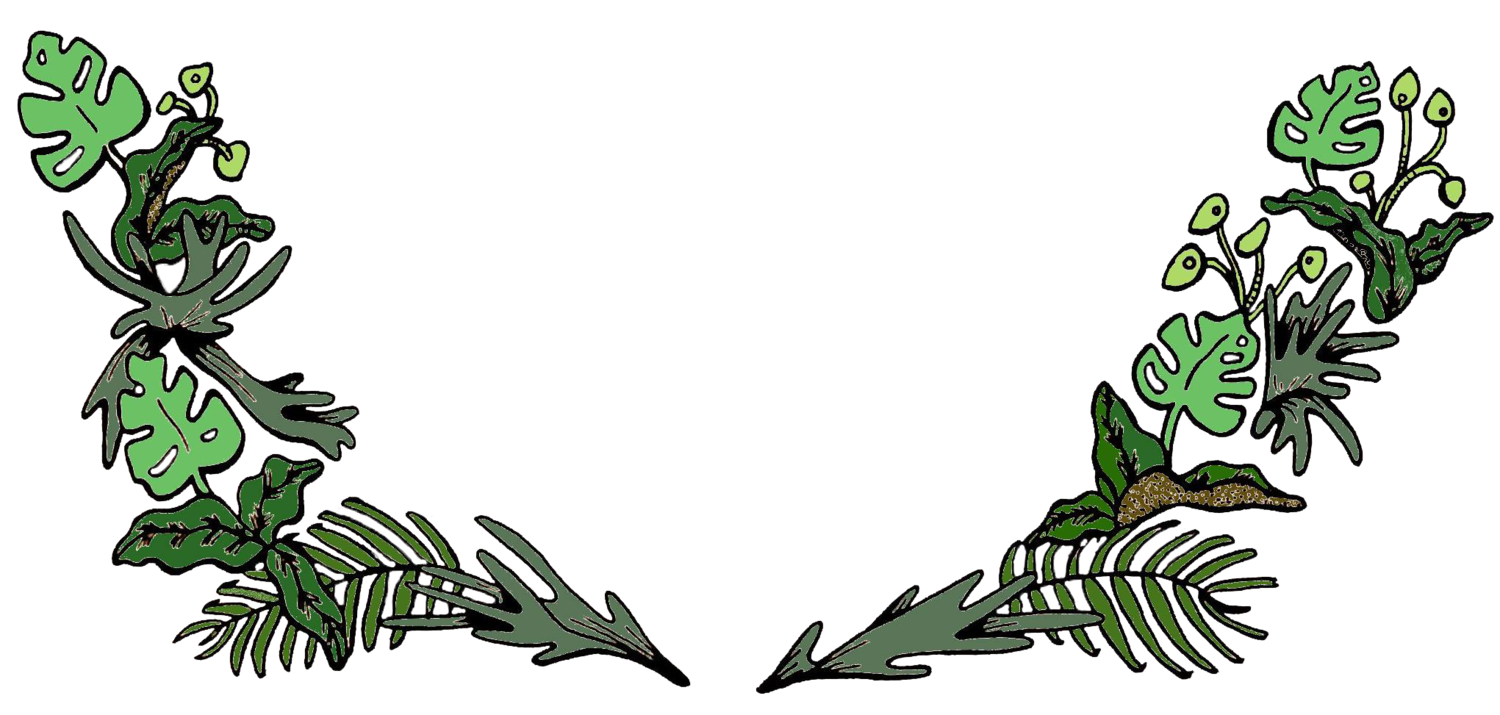Tips for Starting a Pollinator Garden
Plant Native Plants
Since the plants and local pollinators have evolved together, local pollinators are more attracted to native plant species. Native plants are also easier to establish.
Sunny Location
Since many pollinators are energized by the warmth of the sun, locate your pollinator patch in a spot that gets ample sunlight. Also provide rocks to serve as warming and resting spots.
Plant Diversity
Planting a diverse array of colors, height, fragrance and shapes will attract different pollinator species. Flowers in shades of blue, purple, white, and yellow are better to attract bees. Red, yellow, orange, pink, and purple blooms are better for attracting butterflies.
Vary Bloom Times
Providing a consistant food source will keep pollinators returning to your garden year-round. Plant a variety of plants that will bloom from early spring into the fall.
Plant Multiples
Grouping plants will allow your pollinators to feast with ease. Planting in masses will also attract more pollinators!
Skip Double-Flowering Varieties
As beautiful fluffy blooms are, they make it difficult for pollinators to reach the nectar.
Create Safe Water Access
Creating a watering space for pollinators can be as simple as using a saucer as a bird bath, or putting rocks or sticks in a deeper water dish.
Provide Safe Havens
Bee and insect houses can purchased at local nurseries or easily crafted. Dead wood, such as hollow logs and tree stumps, provide nesting areas and shelter for bees, wasps, and beetles.
Avoid Pesticides
Any use of pesticides should be avoided as much as possible. Please exhaust the methods of IPM before considering the use of pesticides.
